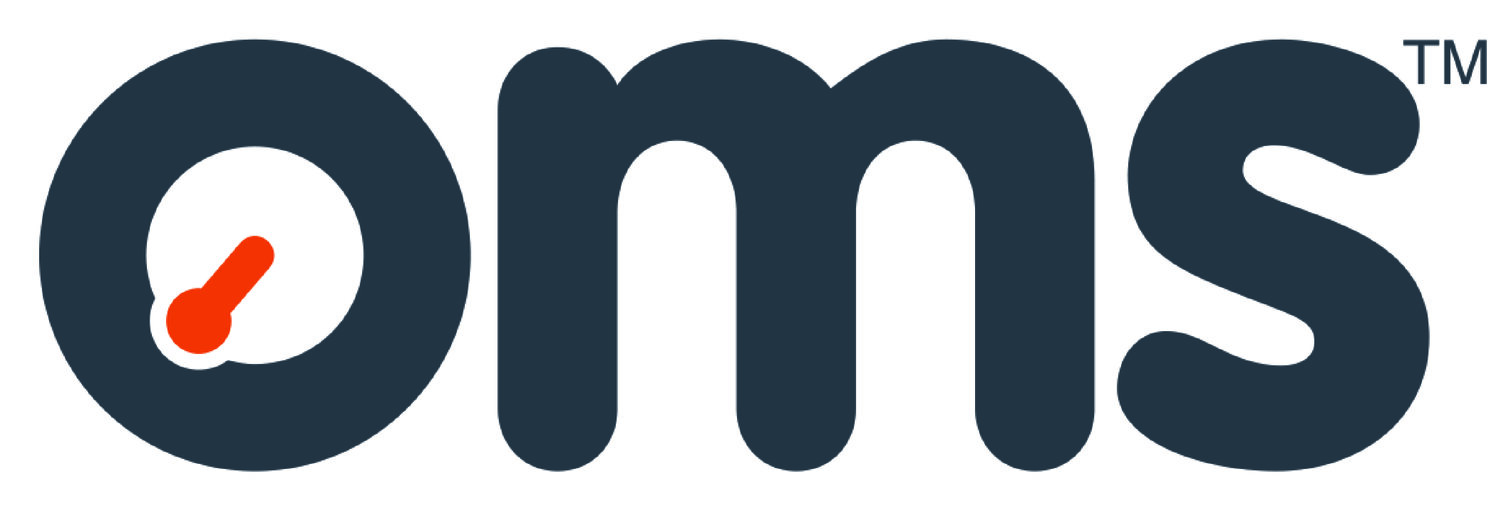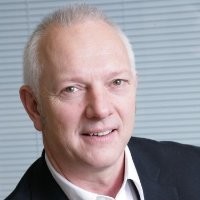Surviving a five-year downturn and why we decided against turtling
Depending mostly on the oil price and political stability around the work, the CapEx side of the oil and gas sector is extremely cyclical. OMS works in the Global Offshore Investment area, which from 2014 fell from around $350bn to around $150bn (source Rystad Energy Ucube), a level not seen since 2009. Along with most businesses in the industry, our turnover reflected that change in investment. The quick recovery many hoped for did not materialise and OMS faced a steady decline in our core business.
OMS survived this downturn while other companies failed. We are more optimistic today than at any other point in the past five years. Research predicts that the market is likely to have a CAGR of 18% per year of 2025 (source Rystad Energy Ucube), hugely positive news for the industry of course, but we think there is more to our survival than that.
In any downturn the major lesson to be learned is that the company must be the right size for the order book. This is always a painful process but the sooner any negative difference between what comes in and what goes out is dealt with, the better. The next step was less clear and as managing director of OMS I received a variety of advice on the best thing to do. One particularly appealing suggestion was to “turtle the company” – to batten down the hatches and hibernate until the crisis was over. OMS had a perfectly good working model for a company based on our pipe end measurement technology – we could have mothballed everything and waited the five years until the CapEx drought was over and returned to join in the recovery.
Turtle
Adopting a different model
We decided to try a different approach, starting with casting out as many lines with a variety of hooks into as many different areas as possible. We aimed to part-provoke, part-intuit the customer pull. One possibility was a suggestion for the renewable energy market – OMS offered the ability to monitor power cables and to detect whether these were put into the water without being overly bent. We took a demonstration to major cable manufacturers and asked questions such as “If you were able to detect these defects would there be any commercial drive for you to do so?” When the answer was an interested but polite NO we moved on.
Fishing
Many companies choose to wait for customer demand before offering new products or services. But if the customer has no idea of what your business can do, how can they provide the demand? Innovative companies such as Apple create the product and then test the market to see if it is wanted. Steve Jobs used his own intuition and his excellent team to create the iconic iPhone without knowing whether there was a market for it – the rest is history. Although we may not always want to “bet the company”, as Jobs did, or attempt to enter consumer spaces, OMS decided to take a similar, slightly less risky approach – throwing out multiple lines to find out who is out there and who might want to bite.
During the downtime OMS has worked on developing our pipe weld inspection service to run alongside our traditional main services. We have now measured tens of thousands of welds, making pipe weld inspection our lead service in income and future possibility terms. Pipe weld inspection and some of our other lines – decommissioning for water jet cutting, cleaning for heat exchanger tubes, corrosion mapping for ageing oil and gas infrastructure and pipe robotics for future energy sources – have customer pull in the nuclear sector. Alongside advancing our technologies and services we have also modified our business model to strengthen our technical partnerships with strategic customers.
Had we “turtled” the business OMS would have lost all these development opportunities. Our approach meant we were able to grow pipe weld inspections into our number one service and create a range of embryonic services and products waiting to be developed and commercialised. We knew it was risky but our proactive strategy has worked for us – OMS is facing the future in a strong position to grow and prosper.



